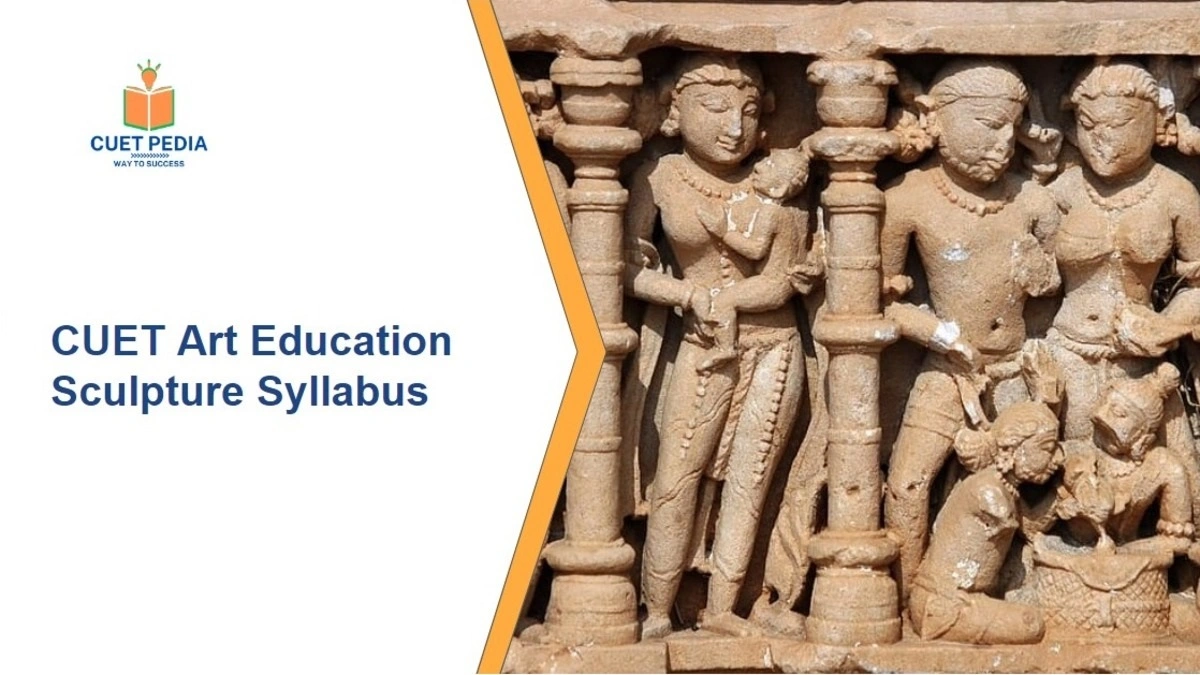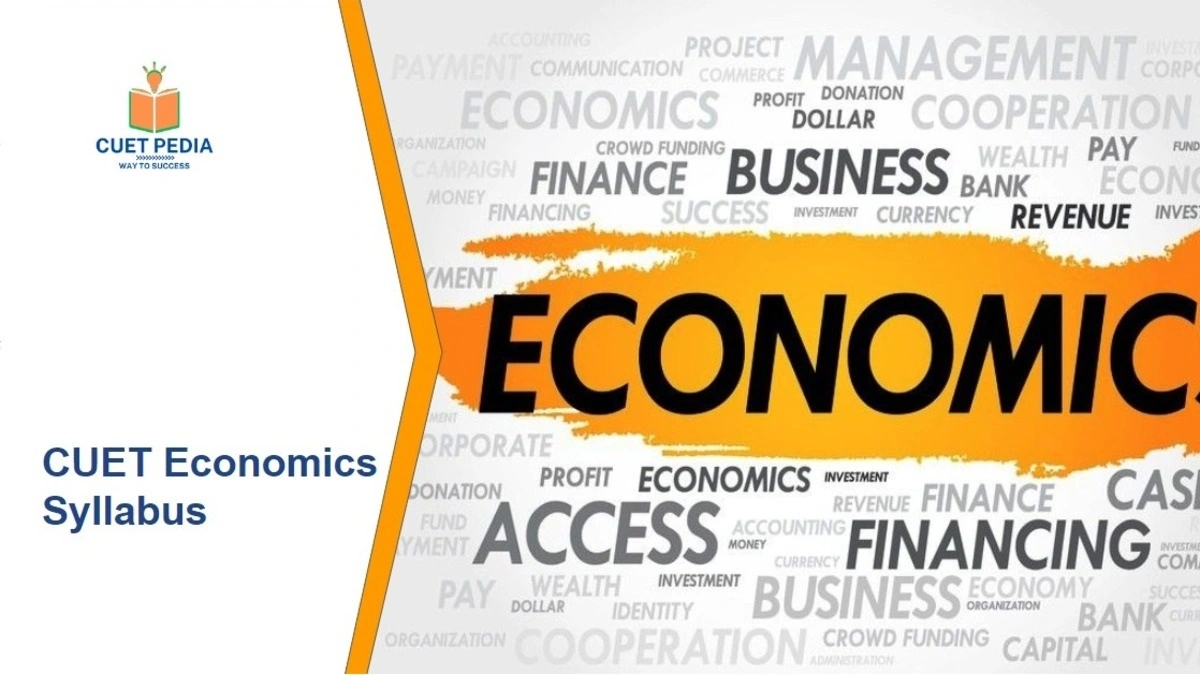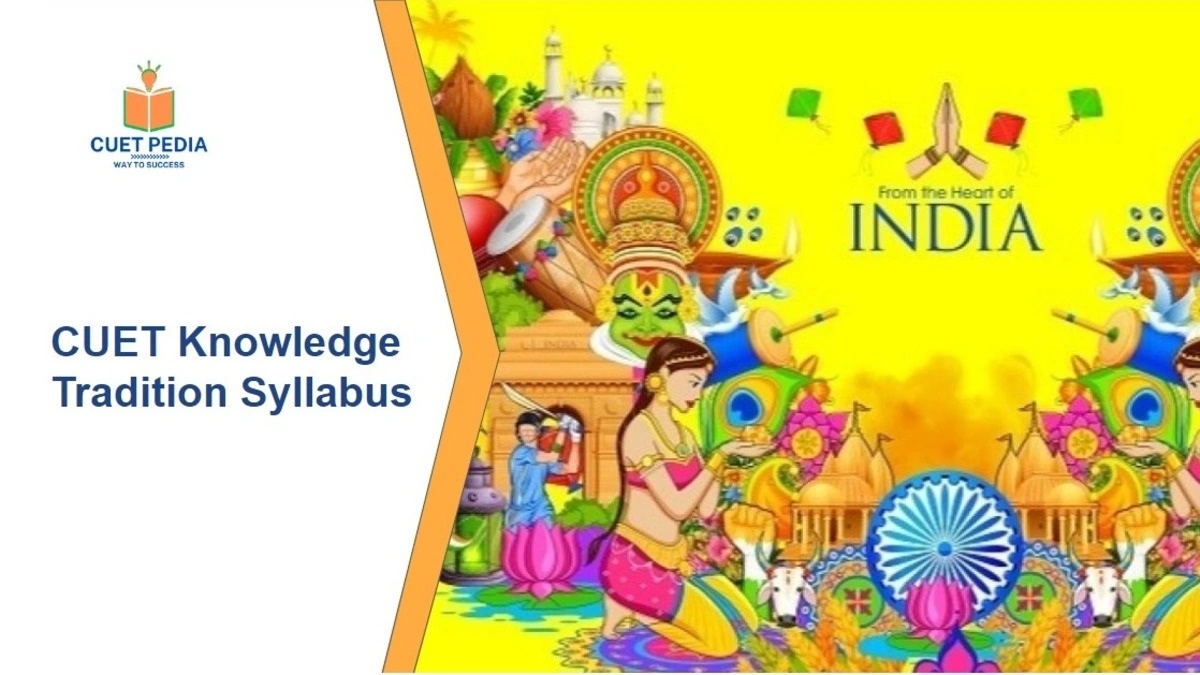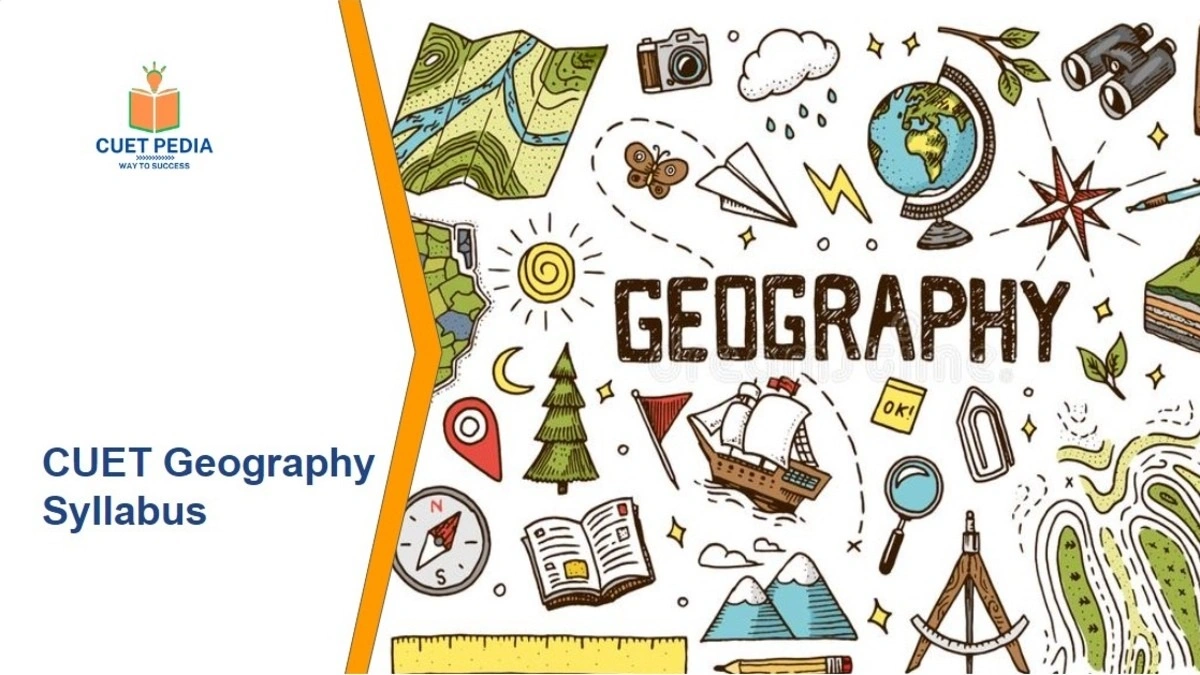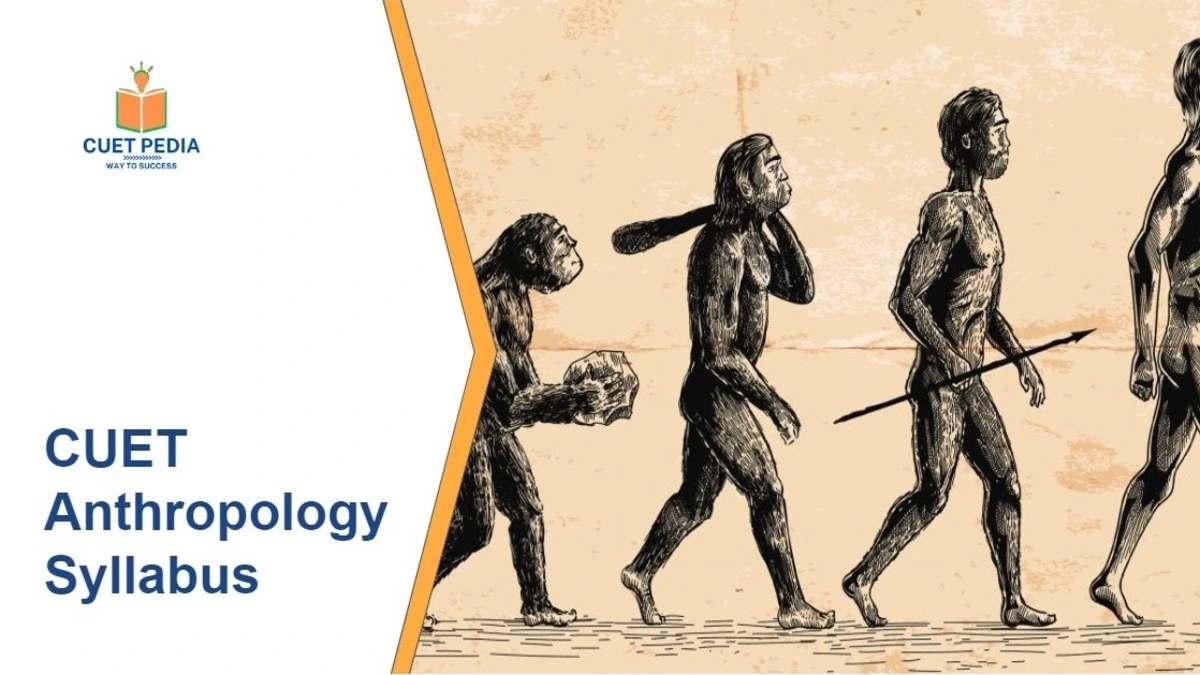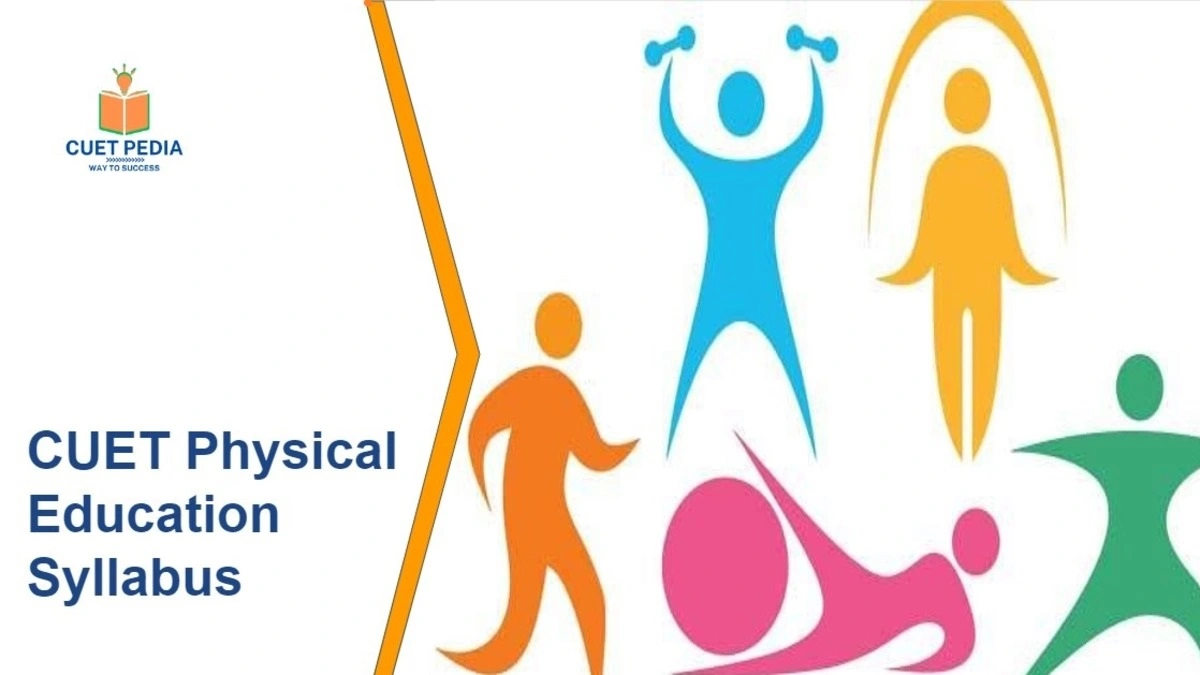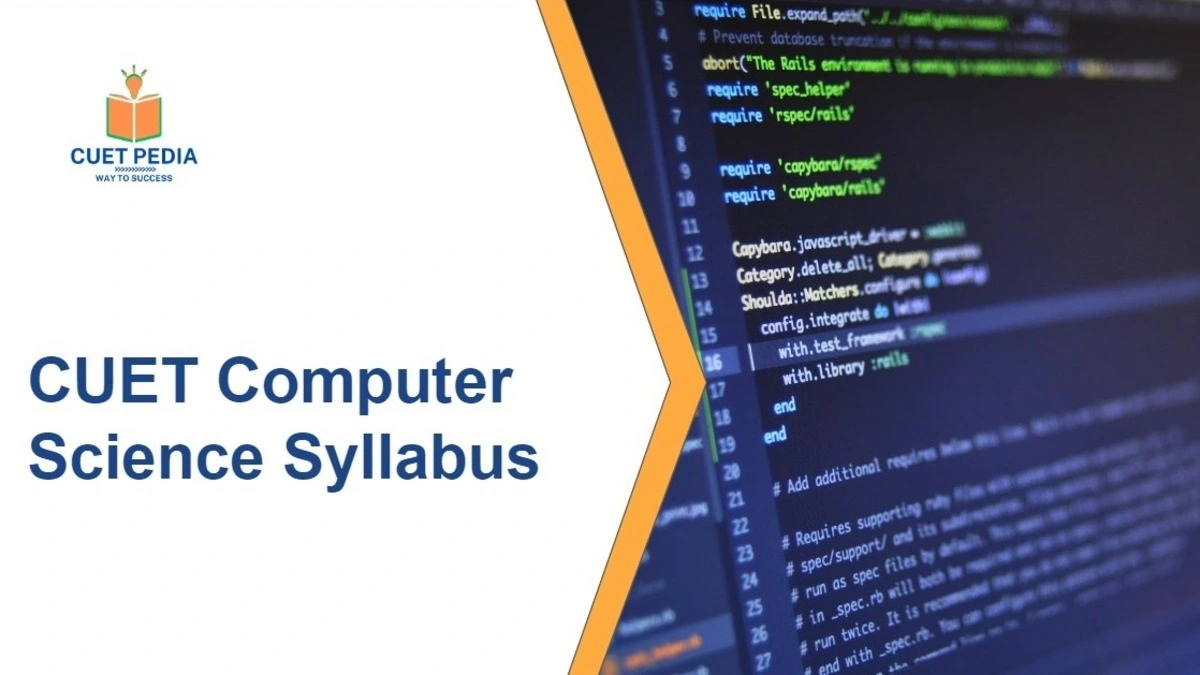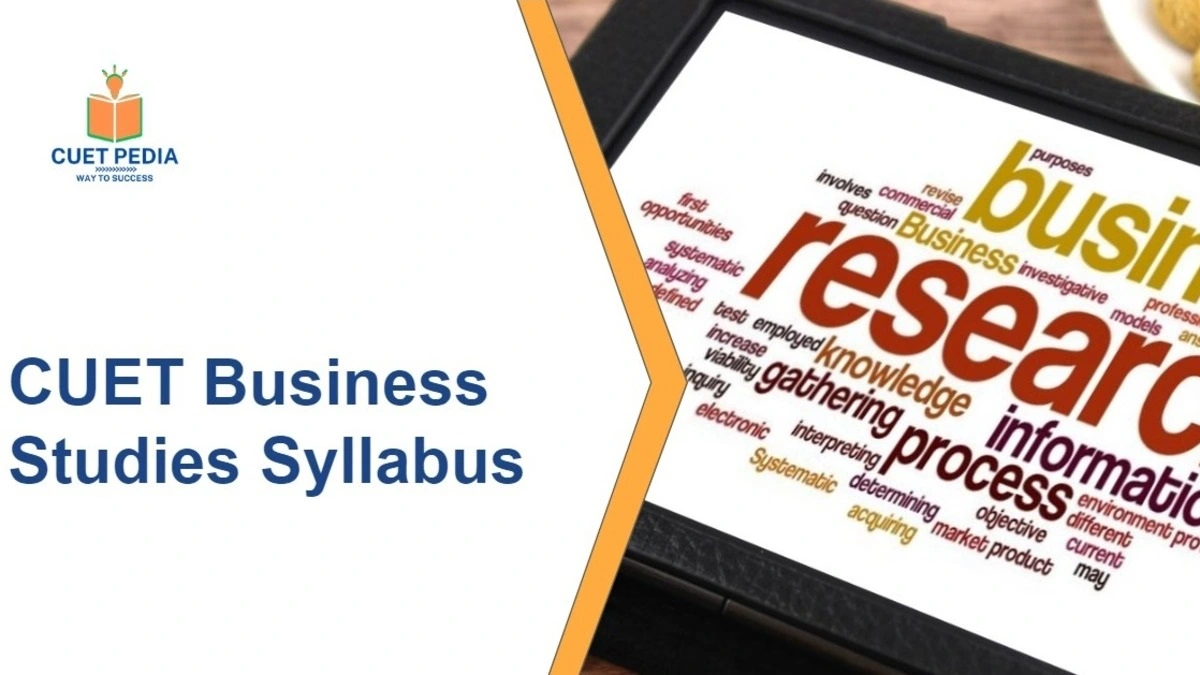The National Testing Agency released CUET art education sculpture syllabus on the official website. It is among the many topics covered in Section 2 (Domain Specific Subject) of the exam. Studies of how people learn best through engaging in the arts have influenced a developing sector of educational research and practice called arts. Arts Education Sculpture includes literature, visual arts education in film, narrative, poetry, and performing arts. Download CUET art education syllabus PDF for more clarity on the subject.
CUET UG Art Education Sculpture Syllabus 2025
CUET UG art education sculpture syllabus consists of a total of 4 units. These units are related to painting, sculpture, Indian arts, etc. Each unit consists of different topics from the different schools of painting and arts. A candidate should ideally prepare for these sections with equal diligence and attention. Check the detailed Art Education Sculpture topics for CUET below.
Units in CUET Art Education Syllabus
The 4 units take you through the history of Indian arts, painting, and sculpture. Aspirants must note down the important units in the art education sculpture CUET syllabus to understand the topics better:
- The Rajasthani and Pahari Schools of Miniature Painting (16th Century A.D to 19th Century A.D.)
- The Mughal and Deccani Schools of miniature painting (16th Century A.D. to 19th Century A.D.)
- The Bengal School and Cultural Nationalism
- The Modern trends In IndianArt
CUET Art Education Sculpture Syllabus PDF
Visit the official website cuet.samarth.ac.in to obtain the CUET art education syllabus PDF. By clicking on the direct link below, you can obtain the syllabus PDF in Hindi and English more quickly and easily.
Topics in CUET UG Art Education Syllabus 2025
Comprehending the CUET art education syllabus can be challenging if the section-wise list of topics is not reviewed. The table below will review the topics asked in the CUET art education exam.
Unit | Topics |
The Rajasthani and Pahari Schools of Miniature Painting (16th Century A.D to 19th Century A.D.) | The Rajasthani Schools |
The Pahari Schools | |
The Mughal and Deccani Schools of miniature painting (16th Century A.D. to 19th Century A.D.) | The Mughal School |
The Deccani School | |
The Bengal School and Cultural Nationalism |
|
The Modern trends In Indian Art Introduction |
|
How to prepare Art Education Sculpture Syllabus?
To pass this test, the experts share the CUET preparation tips for the art education sculpture syllabus. In the following section, check the preparation strategies that every student should adhere to, irrespective of the intended domain subject.
- Exam syllabus analysis should be complete and accurate. A candidate must be familiar with the entirety of the CUET art education sculpture topics to sit for the entrance exam.
- Establish and adhere to a preparation strategy. Before starting your exam preparation, make a study plan. Applicants must set aside enough time for each topic and prepare in advance. To make the preparation manageable, they must set realistic targets.
- Practice is necessary to achieve a high mark on the CUET art education sculpture exam. Applicants must finish as many questions, mock exams, and sample papers from CUET previous year papers as possible.
- Revision is the secret to long-term success. A lot of revision is necessary for exam preparation. For revision, candidates should allot at least two to three weeks.
Books for CUET Art Education Syllabus
Books are crucial when addressing the art education sculpture syllabus. Students are urged to select a book to write, learn, and revise their book learnings in addition to these reliable and very practical books.
- NCERT Art Education Sculpture Textbook
Also Check,
CUET Art Education Sculpture Syllabus FAQs
It is crucial to review the CUET UG art education sculpture syllabus. There are 4 units in the syllabus altogether. Each of these units is divided into sub-components, which is almost equally important for the exam. The candidate should give ideal preparation for each of these areas.
The concept of the Rajasthani, Pahari, Mughal, and Deccani schools, as well as Tiller of the Soil-Nandalal Bose, are some of the important topics covered in the CUET Syllabus of art education sculpture syllabus.
To download the CUET Art Education Sculpture Syllabus PDF, visit the website cuet.samarth.ac.in. Aspirants can easily and more conveniently download the syllabus PDF by clicking the direct link.
No! The official CUET UG art education sculpture syllabus hasn’t changed recently. Nonetheless, even if modifications are made in the near future, the NTA will make the public aware of them.
NCERT Art Education Sculpture Textbook is the best CUET book for covering the full Art Education Sculpture Syllabus. Due to its limited popularity among students, there aren’t many books on the subject. It is sufficient to read this book to prepare.
